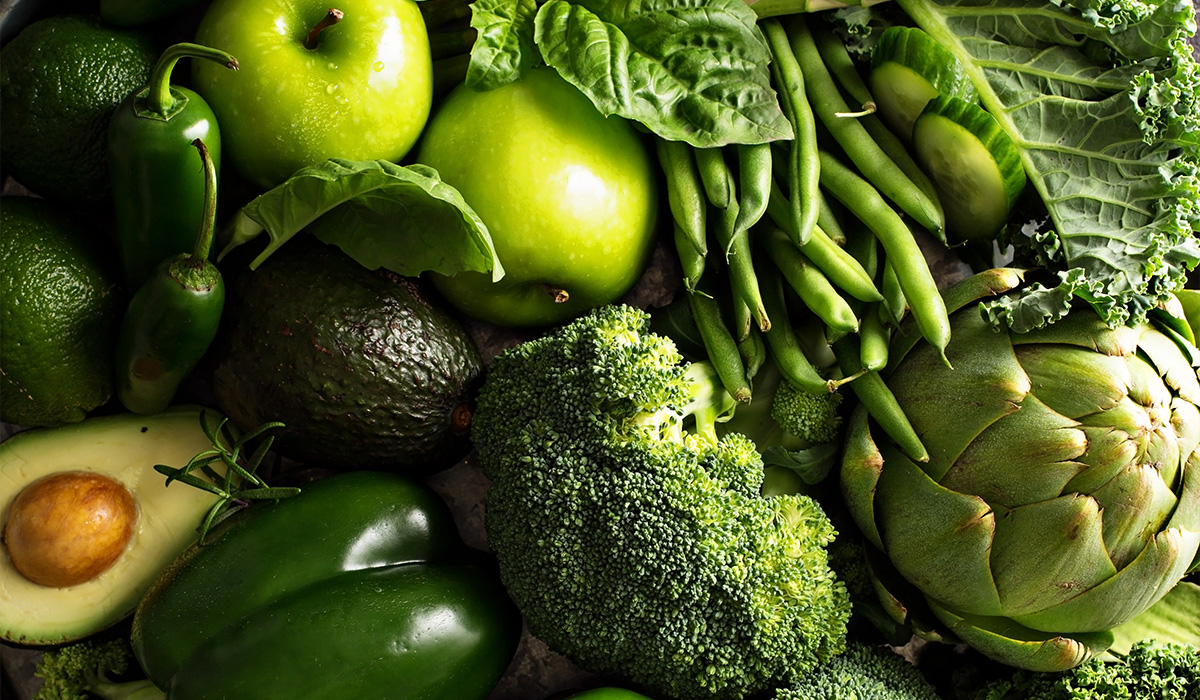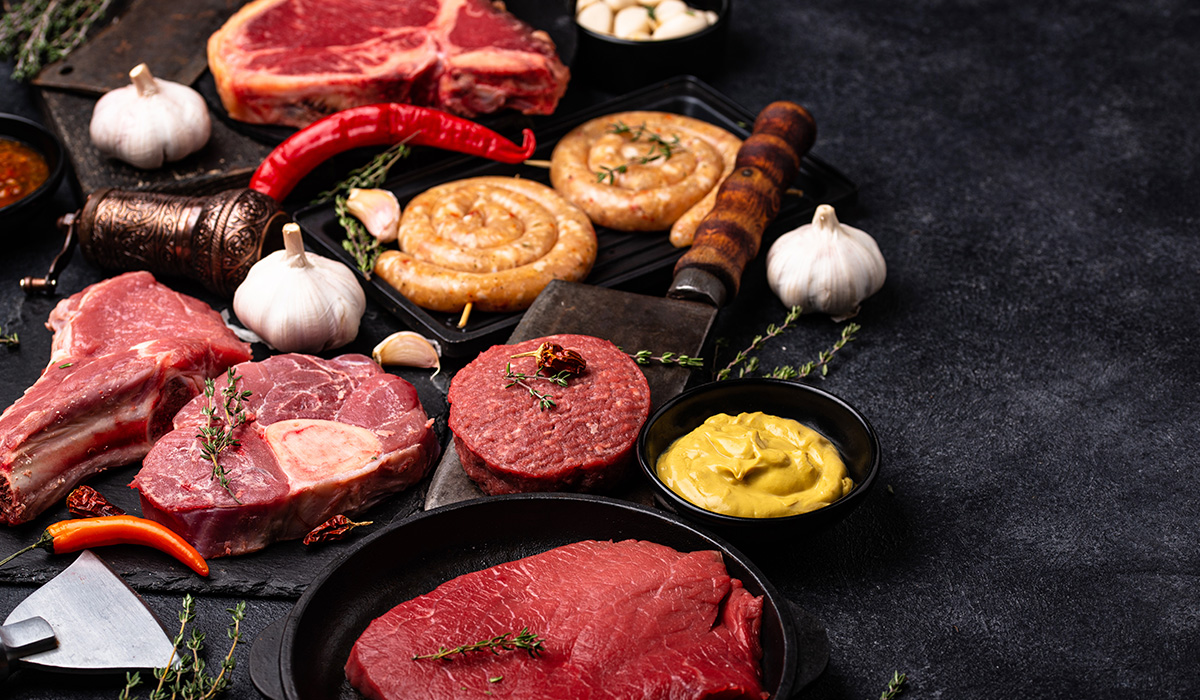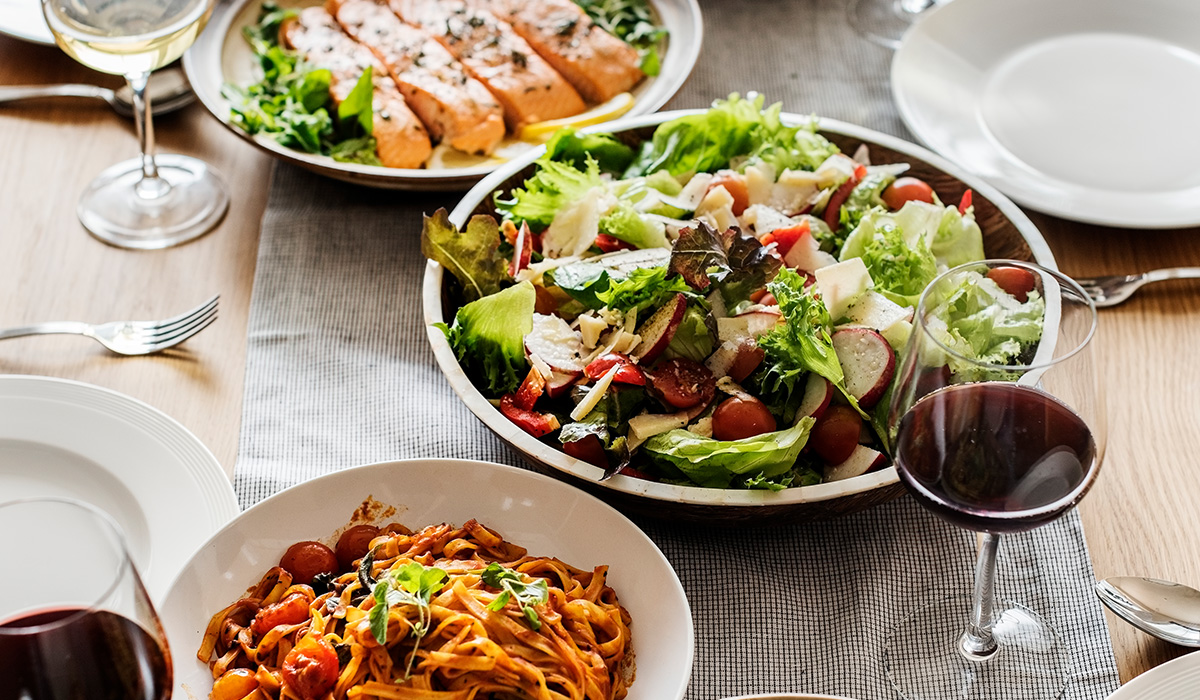The Juice Diet
The juice diet, also known as a juice cleanse, is extremely popular for weight loss, especially among celebrities. But does juicing work?
Juice diet plans that include complicated blends of vegetables and different varieties of fruits and vitamin supplements sound healthy. But if you’re trying to lose weight, there are a few things to consider before trying one of these programs.
IS A JUICE DIET GOOD FOR YOU?
Juice drinks can be (somewhat) healthy. When you blend your own using fresh fruits and vegetables, you benefit from the wide range of vitamins, minerals, and antioxidants contained within the most popular juicing ingredients.
Blueberries, for example, are one ingredient used in many juices and they are high in vitamin C and vitamin K. So, blueberry juice has become a popular drink for people who are looking to boost their intake of these important nutrients.
If you don’t typically eat a variety of fruits and vegetables in your regular diet, juicing might be a good way to get the nutrients your body needs. But there are some drawbacks to juicing as well, especially if you juice for the purpose of weight loss.
JUICE IS AN EASY WAY TO OBTAIN A LOT OF NUTRIENTS
Many people don’t obtain enough nutrients from their diet alone. Nutrient levels in the foods you eat are also much lower than they used to be. This is largely due to processing methods and the time it takes to get produce from the field to the supermarket.
Polluted environments and high stress levels can also increase your requirements for certain nutrients.
Fruits and vegetables are full of vitamins, minerals, antioxidants, and plant compounds that may protect against disease. If you find it difficult to get the recommended number of fruits and vegetables into your diet each day, juicing can be a convenient way to increase your intake.
DOES FRUIT JUICE PROTECT AGAINST DISEASE?
Plenty of evidence links whole fruits and vegetables to a reduced risk of disease, but studies on fruit and vegetable juices are harder to find.
The health benefits of fruits and vegetables are partly due to their high antioxidant content, but fibre also plays an important role. Many antioxidants are bound to fibre and get released in your digestive system.
A high intake of fruits and vegetables shows promise in many areas of health. For example, juices may reduce your risk of heart disease. Apple and pomegranate juices have been linked to reduced blood pressure and cholesterol levels.
Additionally, consuming fruit and vegetable juices in liquid form (or blended concentrations) may reduce homocysteine levels and markers of oxidative stress, both of which are linked to improved heart health.
WHAT CAN YOU EAT?
Raw (unpasteurized), organic juice is the key component of a juice cleanse. Room temperature water may also be consumed between each juice or meal to promote elimination. Smoothies and some healthy foods can be included or substituted for those who require more calories. Some people may opt for raw or vegan food only, while others may have gluten-free meals and snacks. A typical cleanse has three stages:
- PREPARATION: For three to five days before the cleanse, gradually eliminate coffee, refined sugar, meat, dairy products, wheat, alcohol, and nicotine to reduce headaches, cravings, and other withdrawal symptoms during the Increase intake of fresh vegetables, fruits, and fluids.
- CLEANSE: For the one to three days of the actual cleanse, drink at least 32 ounces of juice or smoothie daily. At least half should be green vegetable juice. If hunger pangs are persistent or uncomfortable, vegetable broth or a small snack such as carrots, celery, a salad, or a piece of fruit is often suggested.
- POST-CLEANSE: Eat lightly for a few days, gradually adding foods back in over the course of several days.
WHAT YOU NEED TO KNOW
Juice cleanse advocates claim that nutrients, phytochemicals, and antioxidants are more readily absorbed by the body in liquid form. However, research on the bioavailability of raw juices versus that of whole fruits or vegetables is mixed. To optimize nutrient absorption, proponents recommend drinking juice slowly rather than gulping it down. Juice is typically consumed a couple of hours apart, with the final drink of the day at least three hours before bedtime. A schedule might look like this:
- WHEN YOU WAKE UP: Lukewarm water with a splash of fresh lemon juice.
- 8 TO 9 M.: Juice, such as a green vegetable juice.
- 10:30 TO 11:30 M.: Juice (or smoothie/cleanse food).
- 1 TO 2 M.: Juice (or smoothie/cleanse food).
- 3 TO 4 M.: Juice, such as beet, carrot, and apple juice.
- 5 TO 6 M.: Juice (or smoothie/cleanse food).
- 6 TO 8 M.: Smoothie or almond or cashew nut “milk”.
During a juice cleanse, you should also:
STICK TO LIGHT PHYSICAL ACTIVITY.While it’s a good idea to tone down your exercise routine during a juice cleanse, normal activities such as walking may help boost blood and lymphatic circulation.
BOOK A MASSAGE. Try massage therapy (such as Swedish massage, lymphatic drainage, deep tissue massage, and Thai massage), contrast showers, and skin brushing, which can be done as part of a regular shower.
PRACTICE MIND AND BODY WELLNESS. Allow the mind to rest by incorporating mind/body practices such as diaphragmatic breathing, progressive muscle relaxation, or mindfulness meditation. Try to get plenty of rest. Go to bed as early as you can and take naps if possible.
PREPARE FOR EMOTIONS THAT MAY ARISE. According to traditional Chinese medicine, the liver is associated with anger, the kidneys with fear, and the spleen with worry. Proponents of juice cleansing believe that old emotions may arise and be cleansed from the system as the corresponding organs are cleansed, but evidence supporting this is lacking.
BENEFITS FOR WEIGHT LOSS
Many people follow a juice diet for three, five, or even 10 days. If you drink fruit and vegetable juices for several days, you are likely to enjoy at least a few benefits, especially if you don’t usually consume these categories of foods.
INCREASED MOTIVATION
First, you are likely to see weight loss from water. When you decrease the amount of starch you consume, your body sheds water weight. This will show up as loss on the scale and is also likely to give you a boost of motivation for extended dieting.
SUPPORTS EATING LESS
Reducing your whole food intake can help you shed calories and adjust to smaller food portions. That way, when you do return to a diet that involves eating whole foods, you might be able to eat less.
IMPROVED GUT HEALTH
Lastly, you may improve your gut health and even feel an increase in your sense of well-being. One small study found that a three-day juice diet altered intestinal microbiota associated with weight loss and promoted a greater sense of well-being even two weeks after the cleanse.
HEALTH BENEFITS
While proponents of a juice cleanse tout the benefits of this fasting plan, there is limited research to back the health claims. However, increasing your intake of fresh fruit and vegetable juices can be part of a normal healthy diet.
IMPROVED HEALTH
Since fruits and vegetables are rich in nutrients, drinking fresh juice boosts the intake of vitamins, minerals, and other anti-inflammatory compounds. These micronutrients may help support immunity and improve overall health.
For example, a 2017 study found that subjects had higher general well-being scores after following a 3-day juice fast. Researchers suggested that this was partly due to the juice-based diet altering the gut microbiome.
INCREASED ENERGY FOR SOME
Some people report that they feel more energetic after a juice cleanse. This could be, in part, due to the energy- boosting nutrients in fruits and vegetables combined with a decrease in “energy zappers,” such as stodgy foods.
Another way a juice cleanse might increase energy is by reducing dehydration. Many people don’t drink the recommended number of fluids. This can leave you feeling fatigued. Drinking juice all day can help reduce this effect.
BETTER DIGESTION
Raw juice contains enzymes that may improve digestion. Freshly squeezed orange juice, for instance, influences pH and acidity in the digestive system. Leafy greens have also been found to improve gut microbiota.
NEGATIVES FOR WEIGHT LOSS
Despite these benefits, many dieters struggle to stick to a juice diet for weight loss. Why? There are many reasons.
MISS EATING FOOD
These simple plans are often easy to follow but they also deny you the pleasure of eating food. Drinking your calories is not nearly as satisfying as eating them and, for many dieters, that challenge is too difficult to maintain for long enough for the diet to work.
Denying yourself food can also increase your stress levels. Diet-related stress can cause you to overeat, or worse, binge-eat, ultimately causing you to feel worse about your body.
TOO MUCH SUGAR
Depending on the ingredients in your juice drink, it may contain too much sugar. Even if you don’t add extra sugar, many sweet fruits naturally contain high levels of the sweet stuff in the form of fructose.
When you separate fructose from fibre (which is found in the meat of the fruit), the sugar is digested very quickly. This makes you feel hungry faster. Consuming too much sugar can also increase your risk of insulin resistance which may lead to type 2 diabetes and obesity.
HIGH IN CALORIES
It’s easy to think that you’ll consume fewer calories in a glass than you would on a plate. However, juice calories can easily skyrocket when you’re throwing gobs of stuff into the machine.
If your juice drink is replacing a meal, then it’s reasonable to consume 400 or 500 calories in liquid form. But for many people, the drink is an addition to their meals and snacks. If you’re trying to lose weight, those extra calories could be a problem.
FEWER WHOLE FOODS
When you eat fruits and veggies in their whole form, you gain all the weight loss benefits of fibre. And because whole fruits and vegetables usually take longer to eat, you may end up consuming fewer calories in a sitting.
Therefore, if you consume all (or almost all) of these food sources in juice form, you are missing the fibre while increasing the risk that you’ll exceed your recommended daily calorie intake.
HEALTH RISKS
A juice cleanse is a short-term fast that severely restricts calories and labels many solid foods as “unhealthy,” which could lead to disordered eating. Additionally, research shows that a juice cleanse may pose certain health risks.
KIDNEY STONES
Many juices are made from dark, leafy greens and beets. These two foods are high in oxalate, which may cause kidney stones and other problems.
BACTERIAL INFECTIONS
Drinking unpasteurized juice or juice that has not been otherwise treated to kill bacteria can make some people sick. This is particularly a problem for people with chronic illnesses, older people, and young children.
If you are making your own juice, be sure to wash produce properly before juicing. Store unused juice in a tightly sealed container and drink within 24 hours.
NUTRIENT DEFICIENCIES
There are a few reasons why doing juice fasts for long periods of time may lead to nutrient deficiencies.
Since these diets lack animal products, they are low in a few essential nutrients, such as calcium, vitamin D, iron, vitamin B12 and zinc.
All these nutrients have important functions in the body. Inadequate consumption may lead to conditions including osteoporosis and anaemia.
Juice fasts are also low in omega-3 fatty acids, which are healthy fats that fight inflammation and contribute to brain and heart health.
Not only are these diets low in specific nutrients, but they may interfere with the absorption of the nutrients. One reason for this is that juice diets tend to be low in fat, which is required for the absorption of the fat- soluble vitamins A, D, E and K.
Additionally, some raw vegetables often used in juicing contain an antinutrient called oxalate, which can bind to minerals in the body and prevent them from being absorbed.
FATIGUE AND WEAKNESS
Fatigue and weakness are common side effects of following a juice fast.
These symptoms are likely to occur because of the low number of calories these diets contain. If you’re depriving your body of calories, you’re essentially depriving it of energy, which can lead to these undesirable effects.
REDUCED LEAN MUSCLE MASS
The minimal amount of protein in most juice fasts may lead to a reduction in lean muscle mass, which can have a negative impact on health.
As your lean muscle mass decreases, your metabolism decreases as well, meaning you will burn fewer calories and may have a more difficult time maintaining weight loss.
JUICES SHOULD NOT REPLACE MEALS
Using juices as a meal replacement can be bad for your body. This is because juice on its own is not nutritionally balanced, as it does not contain sufficient protein or fat. Consuming enough protein throughout the day is necessary for muscle maintenance and long-term health. Additionally, healthy fats are important for sustained energy, hormone balance, and cell membranes. They may also provide the fat-soluble vitamins — vitamins A, D, E, and K.
That said, replacing one meal per day with juice is unlikely to cause harm, if the rest of your diet is more balanced.
You can make your juice more nutritionally balanced by adding protein and healthy fats. Some good sources are whey protein, almond milk, avocados, Greek yogurt, and peanut butter.
THE BOTTOM LINE
Juicing may help some dieters lose weight, but it’s not a sustainable weight loss plan for most people. Before you try any juice diet plan, be sure to check the nutritional value of the drinks you will consume.
Fresh juices contain important vitamins and antioxidants that can benefit your health. However, fruits and vegetables are still the healthiest and most nutritious when consumed whole. Using juices as a meal replacement can be bad for your body. This is because juice on its own is not nutritionally balanced, as it does not contain sufficient protein or fat. Consuming enough protein throughout the day is necessary for muscle maintenance and long-term health
Before you think about giving this a go, discuss the plan with your health care professional to make sure it provides the nutrients your body needs to stay healthy.










